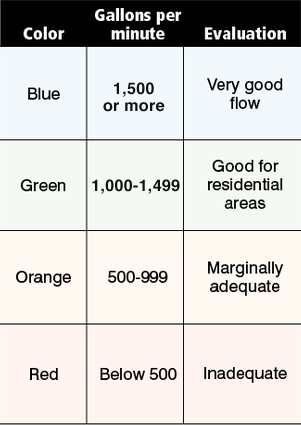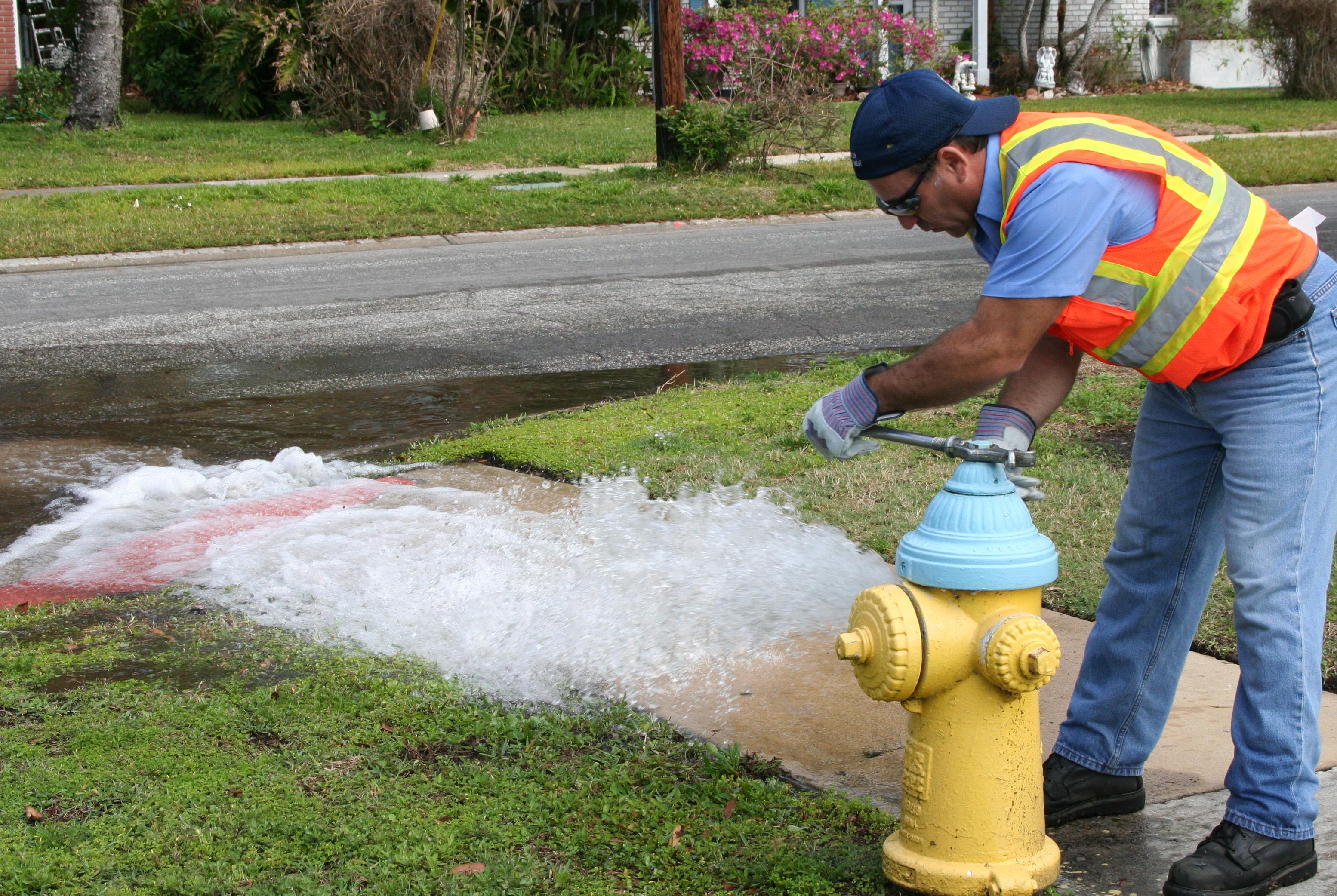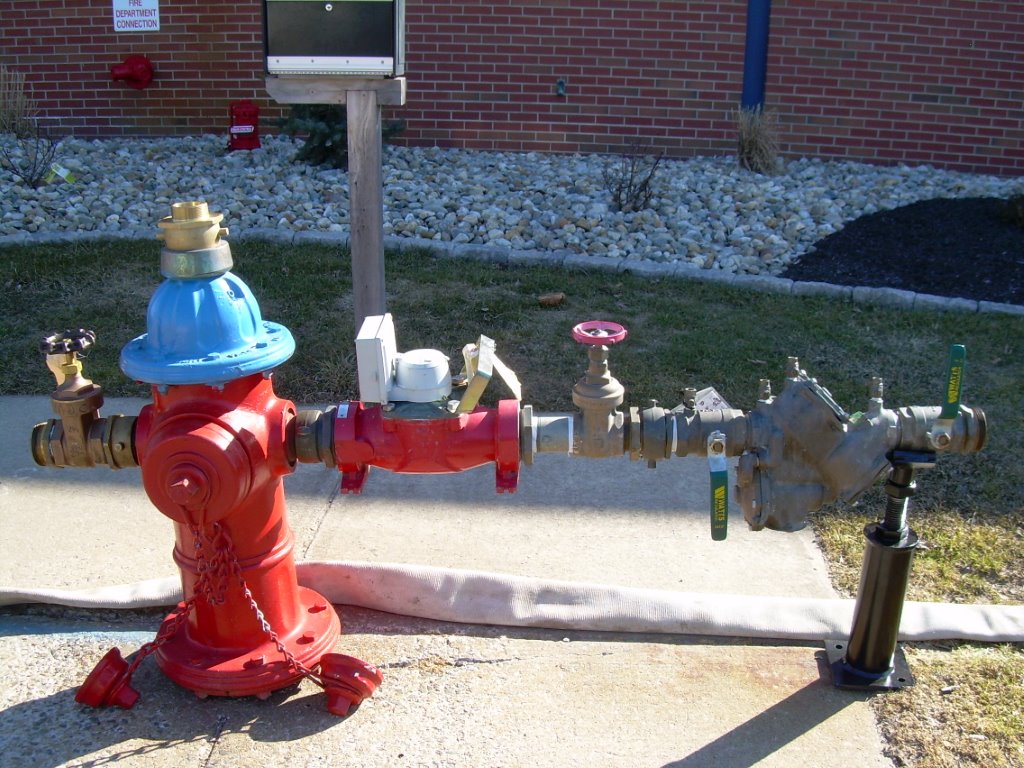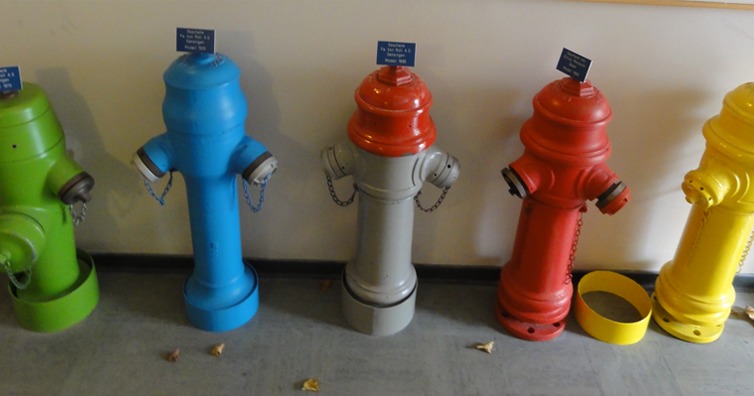You’ve probably seen them a thousand times – these cute little fire hydrants that firefighters plug their hoses to, in order to get water and extinguish fires. But have you ever wondered why do they come in different colors? Does color actually mean something or they are just randomly colored?
Well, because these are questions I’m A Useless Info Junkie loyal readers should know the answer to, keep reading as this article will get you covered.
Yes, the coloring of the fire hydrant does have a meaning; it’s a code to indicate the amount of water that particular hydrant will provide. More often that not, firefighters will need to make quick calculations and decisions as to how much water they will need to fight a fire and this is a way to help them during those times. Here’s how this works: (the article continues after the ad)
The water supply in the language of firefighting is rated in GPM which stand for ‘gallons per minute’. But because there are a lot of different supply systems in the US (reservoirs, lakes etc), there could be a range of water supply, from 500 GPM all the way up to 2500 GPM.
To make things easier for firefighters, the National Fire Protection Agency (NFPA) issued the NFPA 291 guidelines that says that fire hydrants should be colored according tho their water supply capacity. The coloring code is as follows:
When the hydrant is connected to a public water supply, NFPA suggests painting it yellow while its tops and caps should indicate the available GPM according to the following table:

So, for example, when you see this picture, you can instantly tell that the fire hydrant is connected to a public water supply (yellow hydrant) and has an availability of 1,500 GPM or more (blue top):

If, for instance, the top was orange, you would know that the hydrant has a GPM rate of 500-999 and so on and so forth.
When the hydrant is not connected to a public water system, NFPA suggests that the hydrant should be painted a different color and, it recommends red. So if you see the following fire hydrant, you would know that it also has a GPM rate of 500-99 (as the one in the previous picture) but it’s not connected to a public water system:

But…
Because what NFPA 291 are just guidelines and not laws, several states or agencies can use their own coloring system to paint their fire hydrants. In fact, many of them don’t follow these standards but have similar ones that mainly abandon the “water supply” color and have the hydrant painted the same way as its tops and caps (for example, fully green if it has a 1,000-1,499 GPM availability). In each case though, the coloring system for the GPM is followed by almost every authority in the U.S.
If you like what you read, then you will definitely love this one: This Is What Airport Runway Numbers Mean
Photo: Wikimedia
Photoshop: I’m A Useless Info Junkie
Sources: The Colors Of Fire Hydrants: What Is Their Meaning? | Hydrant Color Codes and Markings; What They Mean



